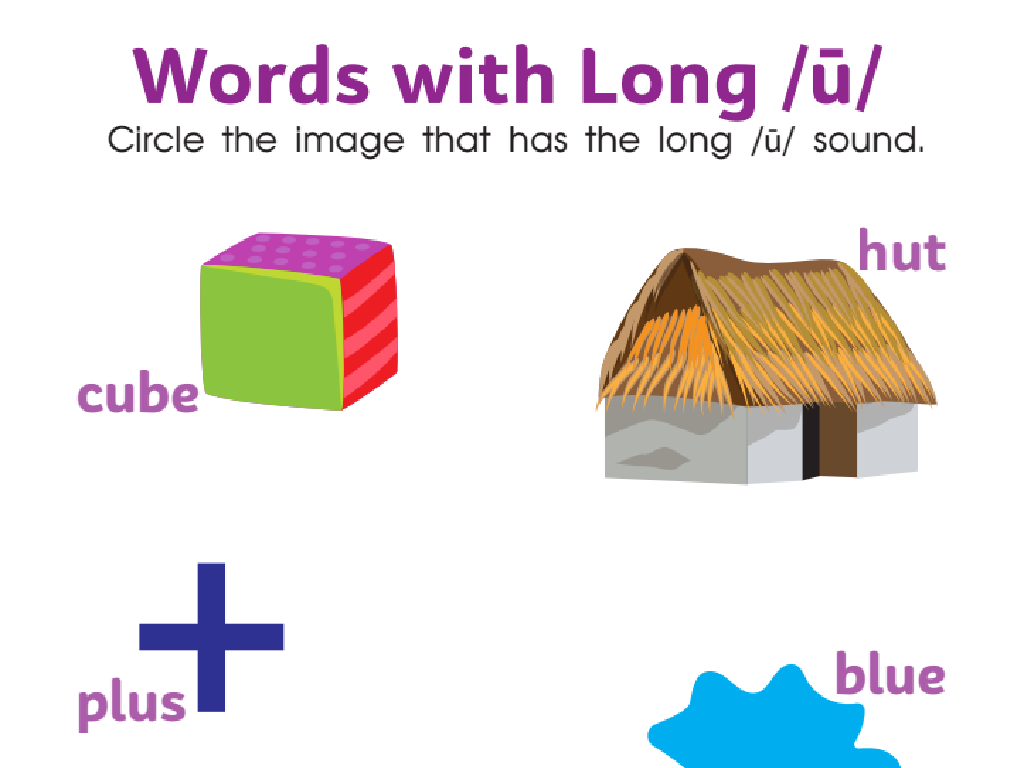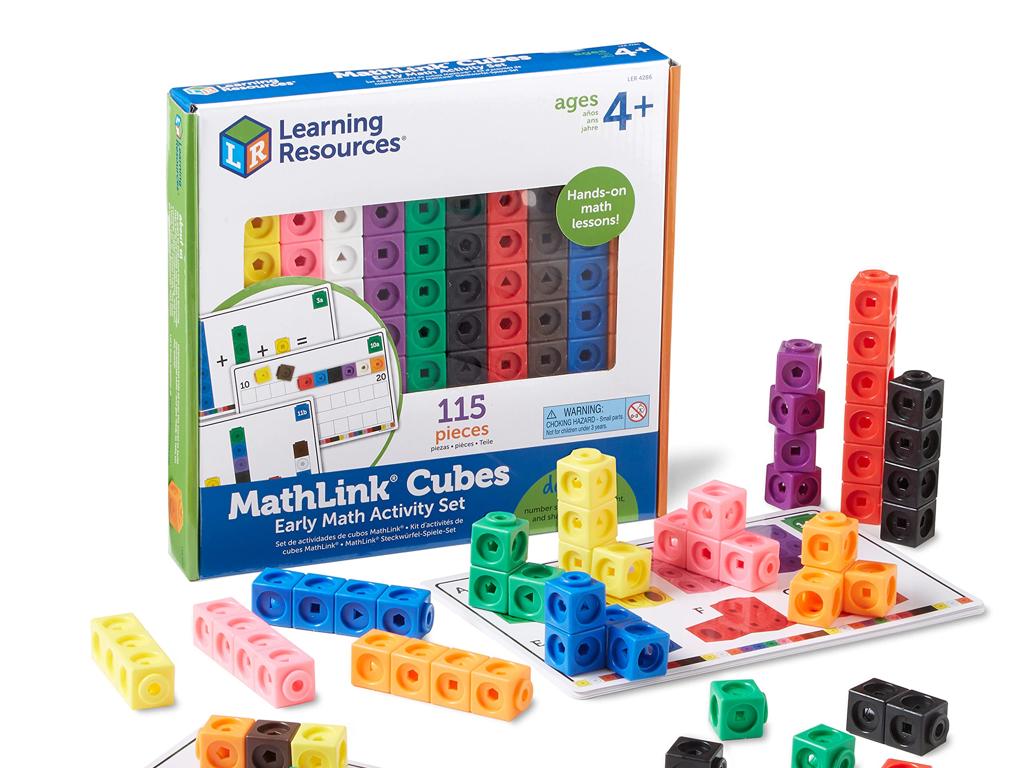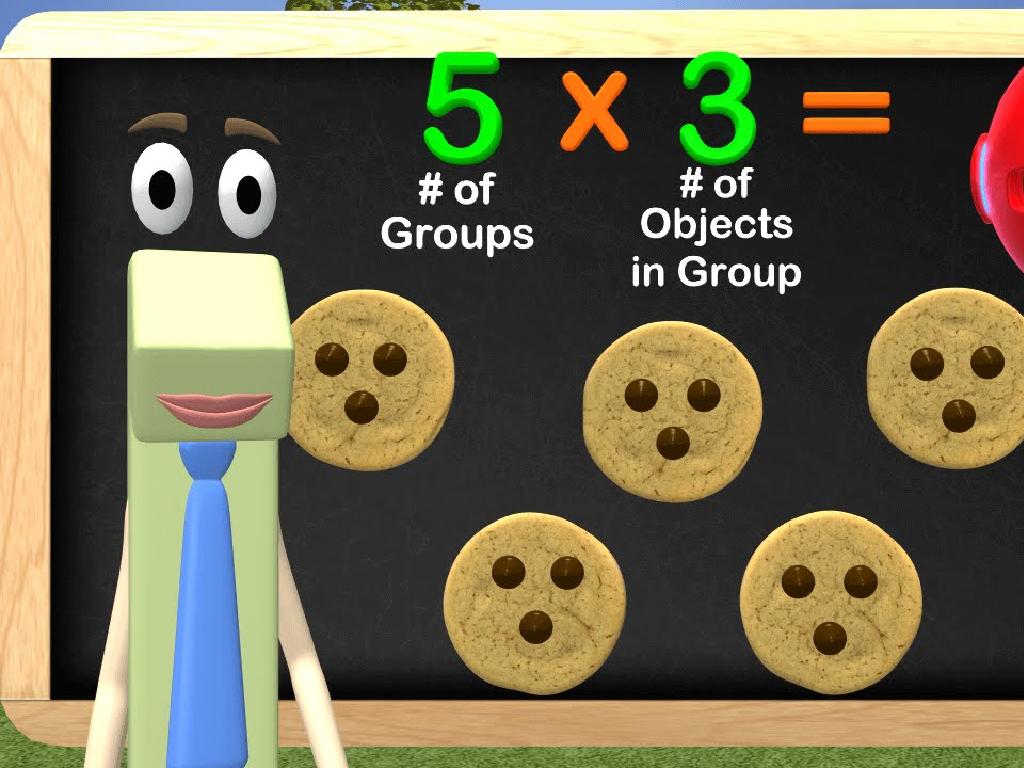Identify The 50 State Capitals
Subject: Social studies
Grade: Third grade
Topic: State Capitals
Please LOG IN to download the presentation. Access is available to registered users only.
View More Content
Exploring State Capitals
– Learn about the 50 state capitals
– Understand U.S. geography
– Geography helps us know places
– Discover why states have capitals
– Each capital is a city with its own history
– Capitals are important for state identity
– Capitals serve as the location for government buildings and leaders
|
This slide introduces the concept of state capitals within the context of U.S. geography. It’s important for students to recognize that each of the 50 states has its own capital, which is often not the largest city but holds historical and political significance. The capital city is typically where the state government is headquartered. Encourage students to think about their own state capital and what they might already know about it. This lesson will help them understand the broader concept of geography and governance in the United States. As an activity, consider having students match states with their capitals or find the capitals on a map.
Exploring State Capitals
– What is a state capital?
– It’s the city where a state’s leaders work.
– State capitals and government
– They meet in a special building called a ‘capitol’.
– Capitals vs. largest cities
– Sometimes, the capital is a smaller city in the state.
– Significance of ‘capitol’ buildings
– These buildings are often historic and important.
|
This slide introduces the concept of state capitals to third-grade students. Begin by explaining that a state capital is not just any city, but a special place where the leaders of the state, like the governor and lawmakers, go to work and make decisions. It’s important to clarify that the ‘capitol’ is the building where they meet, and it’s often grand and historical. Highlight that while many might think the biggest city in a state is the capital, this isn’t always true. Use examples of states where the capital is not the largest city to illustrate this point. Encourage students to think about why a state might choose a smaller city as its capital and the historical significance of capitol buildings.
Exploring the Map: State Capitals
– View the United States map
– States: Puzzle pieces of our country
– Each state fits together to make the whole USA
– Capitals: Marked with stars
– Stars show where the state capitals are
– Locate and learn capitals
|
This slide is designed to introduce students to the geography of the United States with a focus on state capitals. Start by showing them a map of the United States and explain how each state is an important part of the country, just like pieces in a puzzle. Point out how the capitals are marked with stars, making them easy to spot. Encourage the students to locate different capitals on the map. As an activity, you could have students work in pairs to find all the capitals, or use a blank map to fill in the capitals they remember. This visual and interactive approach will help them remember the locations and names of the capitals more effectively.
Memorable Capitals with Landmarks
– Landmarks make capitals memorable
– Statue of Liberty: New York
– A gift from France, located in New York City
– Golden Gate Bridge: California
– An iconic suspension bridge in San Francisco
– Landmarks aid capital recall
|
This slide aims to help students remember state capitals by associating them with famous landmarks. Explain that some capitals are easier to remember because they have unique or famous landmarks. For example, the Statue of Liberty, which was a gift from France, is located in New York City and helps us remember that Albany is the capital of New York. The Golden Gate Bridge, an iconic landmark in San Francisco, aids in recalling that Sacramento is the capital of California. Encourage students to think of other landmarks they may know and what capitals they are associated with. This association technique can be a fun and effective memory aid for learning the state capitals.
Learning the State Capitals
– Use flashcards for states and capitals
– Flashcards help memorize state names and their capitals
– Match states with their capitals
– Like a puzzle, find the pair for each state
– Learn memory tricks for capitals
– Create fun associations to recall capitals easily
– Practice makes perfect
|
This slide is aimed at helping third-grade students learn and memorize the 50 state capitals through interactive methods. Flashcards are a proven tool for memorization, allowing students to visually connect the name of a state with its capital. Matching exercises reinforce this connection, making learning a fun activity similar to solving a puzzle. Memory tricks, such as associating the capital with a rhyme or an image, can make the recall process easier and more enjoyable. Regular practice is essential for retention, so encourage students to review their flashcards and matching exercises frequently. As a teacher, you can facilitate this by organizing group activities, creating games around the capitals, and providing students with opportunities to share their memory tricks with the class.
State Capitals Quiz Time!
– Fun quiz to test our knowledge
– I’ll show a state, you guess the capital
– It’s okay to make mistakes
– Guessing helps us learn, even if we’re wrong
– Learning is the goal!
– Every guess is a step towards knowing more
|
This slide introduces a quiz activity to help students learn the state capitals in an interactive and engaging way. Display a map or flashcards of states one by one and ask students to guess the capital. Emphasize that incorrect answers are part of the learning process and encourage them to try. After each guess, reveal the correct capital and provide a fun fact about the city to make the learning memorable. Consider grouping students into teams to foster a collaborative environment. Possible activities include: a) matching states to capitals on a worksheet, b) a memory game with state and capital cards, c) a ‘capital relay race’ where students run to place the correct capital on a large map, d) a ‘jeopardy-style’ game with state categories, and e) a ‘hangman-style’ game to guess the capital letters. The goal is to create a supportive atmosphere where students are motivated to learn and remember the state capitals.
Class Activity: State Capital Bingo
– Let’s play State Capital Bingo!
– Listen for the capital, mark the state
– First to get a row yells ‘Bingo!’
– We’ll check the answers together
|
This interactive class activity is designed to help students learn the 50 state capitals in a fun and engaging way. Prepare bingo cards in advance, with each square containing a different state name. During the game, call out the capitals randomly, and students will mark the corresponding state on their cards. The first student to mark off a complete row (horizontal, vertical, or diagonal) and shout ‘Bingo!’ wins. After a student calls ‘Bingo!’, pause the game to check their card for accuracy. This activity reinforces the association between states and their capitals and encourages attentive listening. Offer a small prize or extra credit to the winner to motivate participation. Remember to rotate through all the capitals so each gets called at least once. Encourage students to study the capitals for future rounds of the game.
Wrapping Up State Capitals
– Congratulations on your hard work!
– Practice makes perfect
– Review the capitals daily to improve recall
– Next stop: States and landmarks
– Get ready to learn about historical sites and natural wonders in each state
– Keep exploring and learning
|
This slide is meant to congratulate the students on their efforts in learning the state capitals. It’s important to encourage them to keep practicing in order to memorize all 50 capitals. Let them know that their knowledge will be expanded in the next class with an exploration of each state’s famous landmarks. This will not only help them connect the capitals to physical locations but also enrich their understanding of the country’s geography and history. Consider assigning a light, fun homework task where they can choose a state to research a landmark they’re interested in, to share in the next class.






